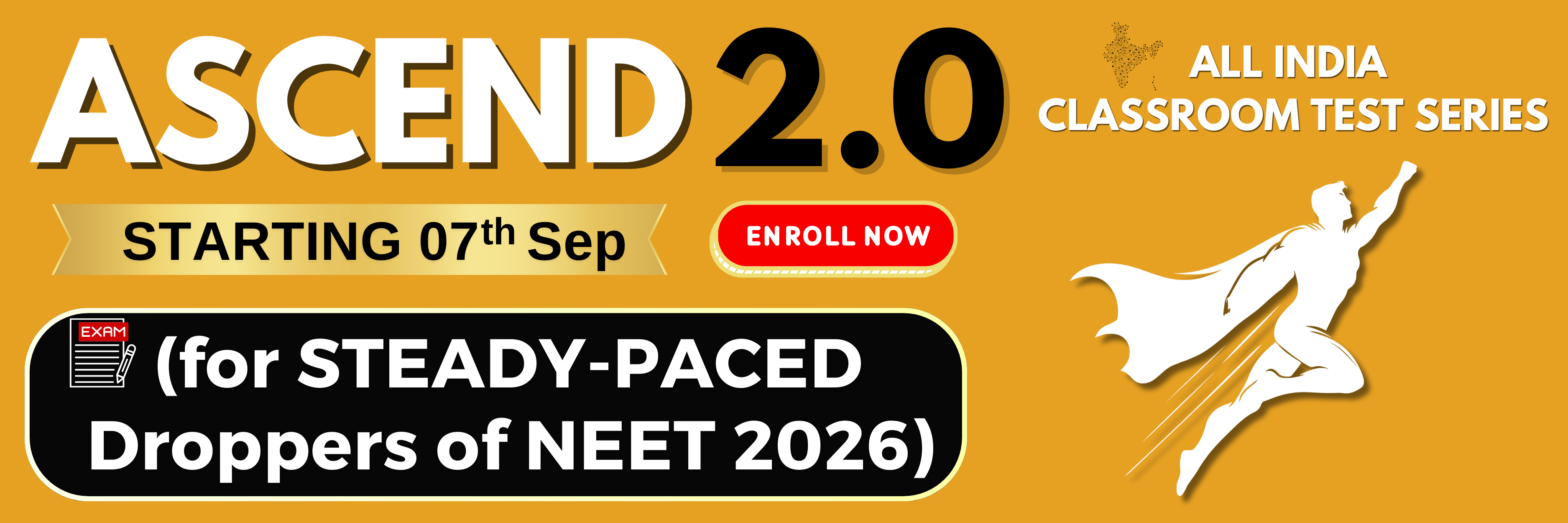The C4 plants differ from C3 plants with reference to the:
| 1. | substrate that accepts CO2 in carbon assimilation |
| 2. | type of end product |
| 3. | type of pigment involved in photosynthesis |
| 4. | end product that will be formed |
In photosystem-I, P700 refers to-
| 1. | chl-b |
| 2. | chl-a |
| 3. | number of pigment molecules |
| 4. | absorption peak of chl-a at 700nm. |
Photochemical phase does not include-
a. water splitting
b. oxygen release
c. CO2 assimilation
d. light absorption
Light harvesting complexes are made up of-
1. proteins
2. pigments
3. protein and pigments
4. proteins and lipids.
In photosynthesis, the light-independent reactions take place at
1. thylakoid lumen
2. photosystem l
3. photosystem ll
4. stromal matrix
Products of light reaction does not include-
a. ATP & NADPH
b. CO2
c. O2
d. Electrons
Following is needed in the ionic form during non-cyclic photophosphorylation but not during cyclic photophosphorylations in higher plants.
| 1. | copper | 2. | iron |
| 3. | manganese | 4. | zinc |
How many of the following statements are correct?
| i. | Products of dark reaction are substrates of light reaction. |
| ii. | Products of light reaction are substrates of dark reaction. |
| iii. | In the stroma, enzymatic reactions incorporate CO2 into the plant leading to the synthesis of sugar. |
| iv. | Dark reactions are directly light-driven. |
| v. | Chloroplast is a single membranous organelle. |
1. 2
2. 3
3. 4
4. 1
Which of the following statement is incorrect?
| 1. | Reaction centre is formed by a group of chl- a molecules. |
| 2. | Reaction centre is different in both the photosystems. |
| 3. | In PS I the reaction centre chlorophyll a has an absorption peak at 700 nm. |
| 4. | In PS II the reaction centre chlorophyll a has absorption maxima at 680 nm. |
Electrons in the reaction center of PS-I are excited by-
| 1. | blue light | 2. | red light |
| 3. | green light | 4. | blue and red light. |






